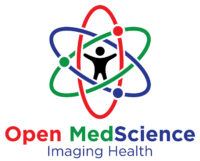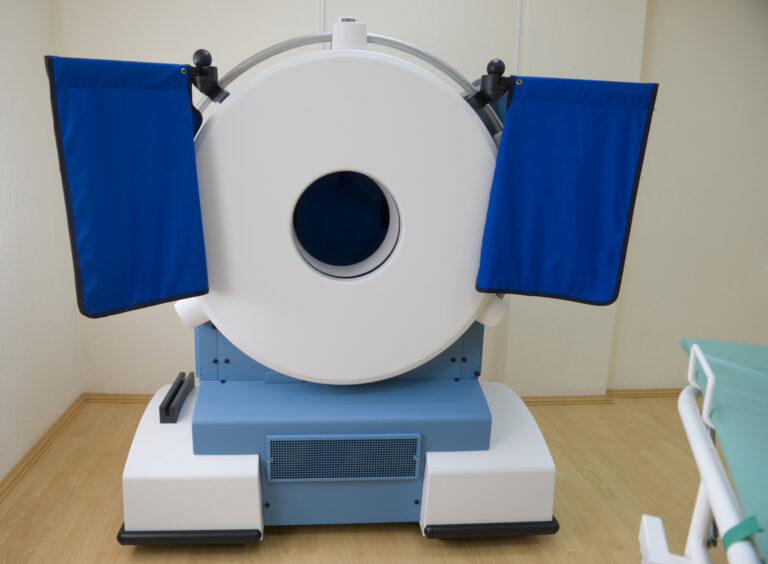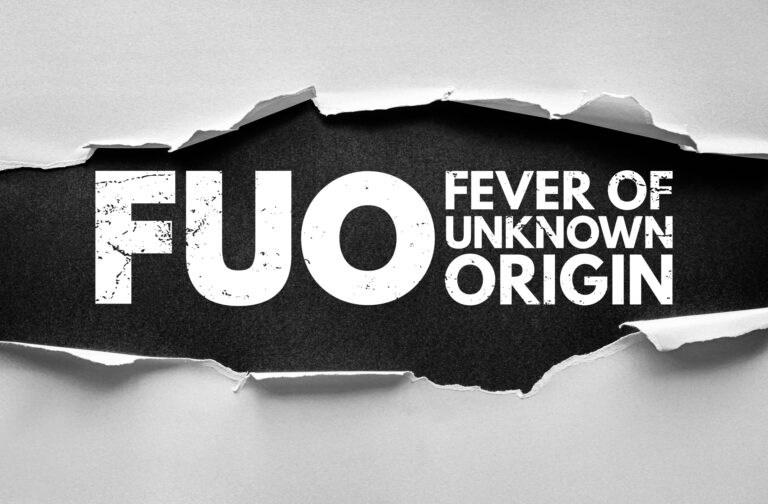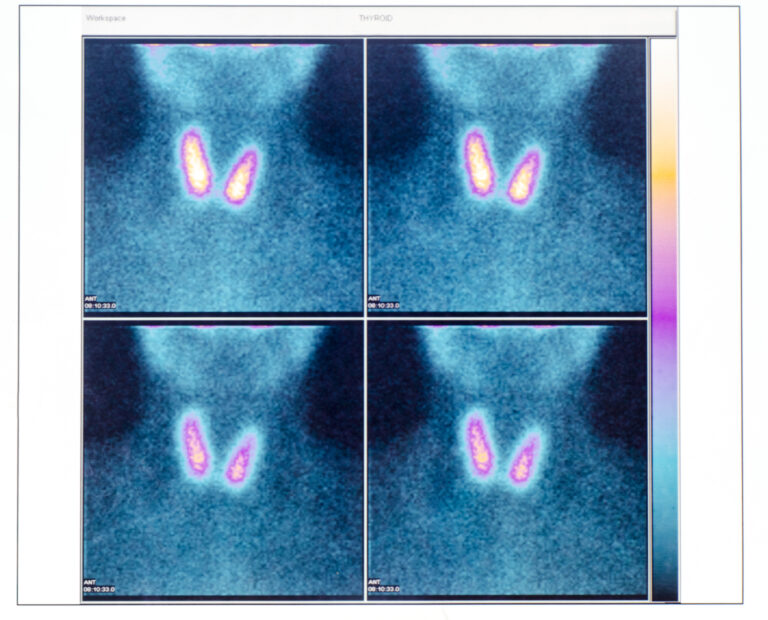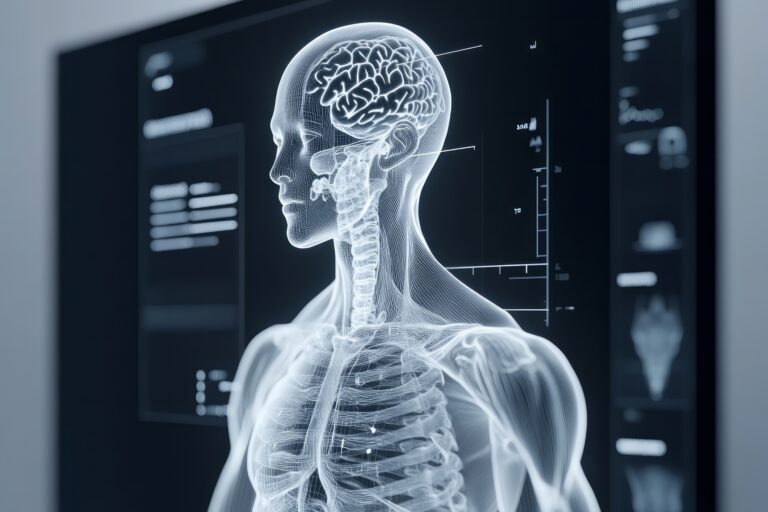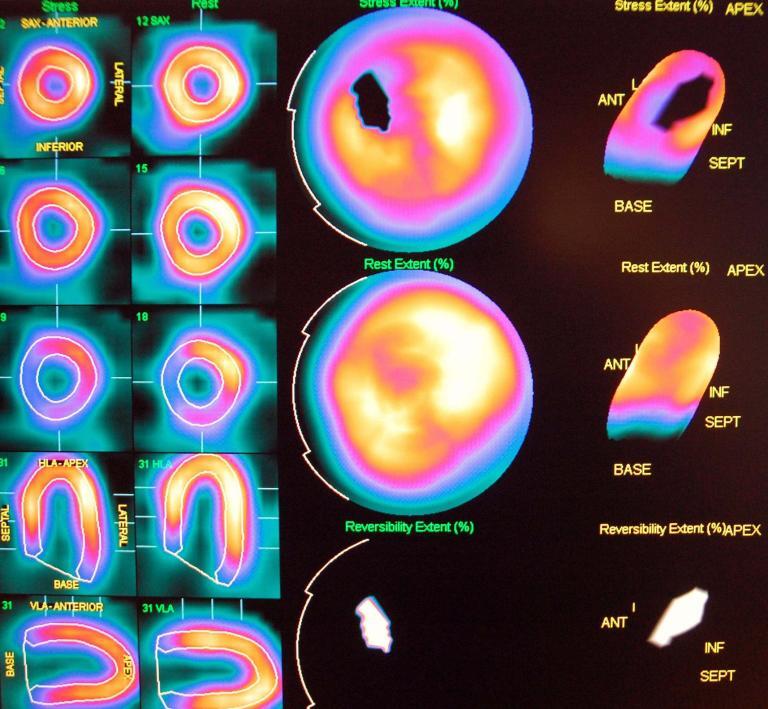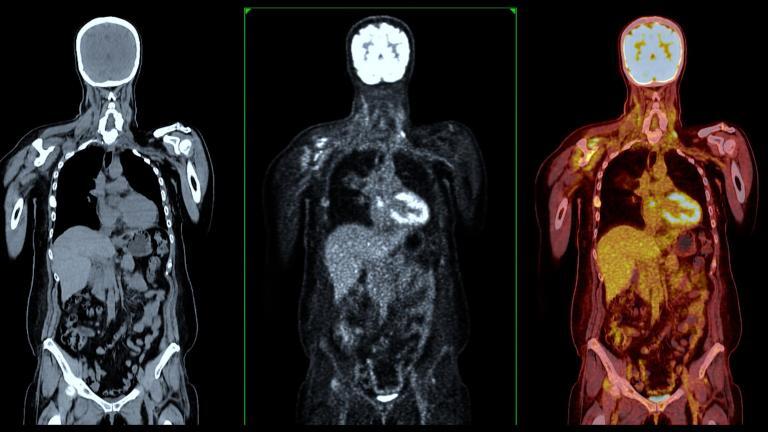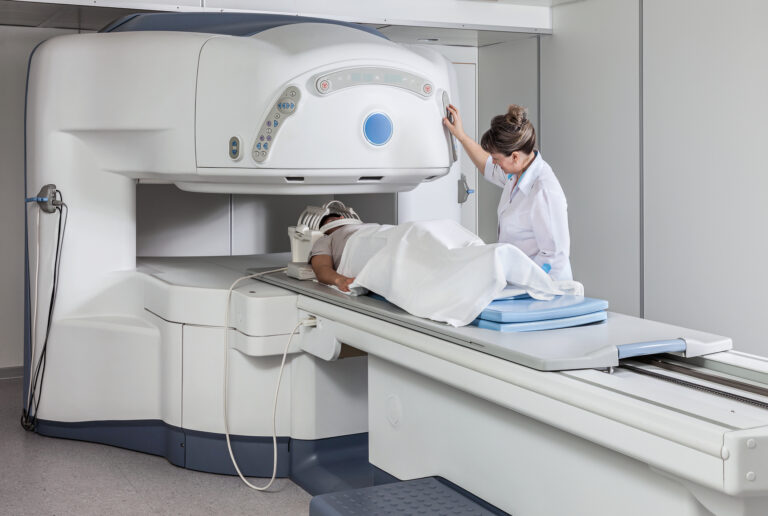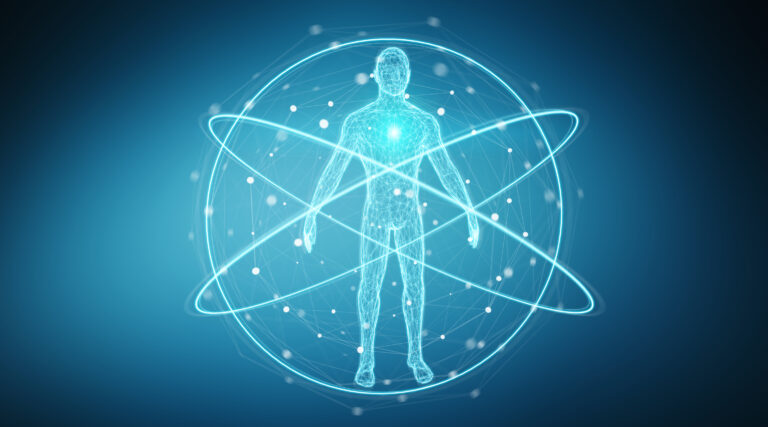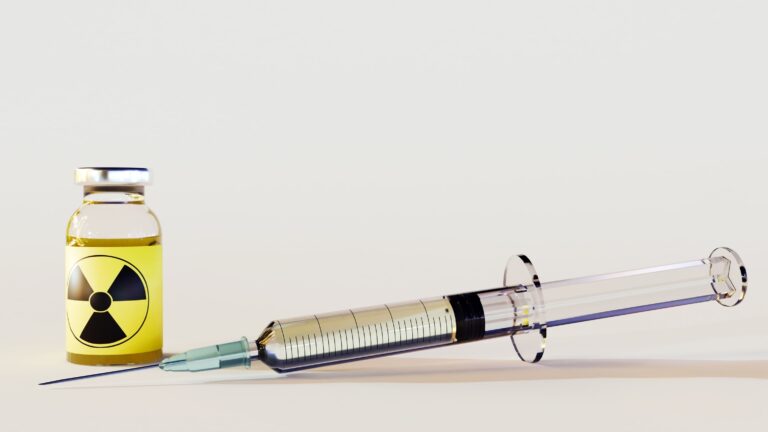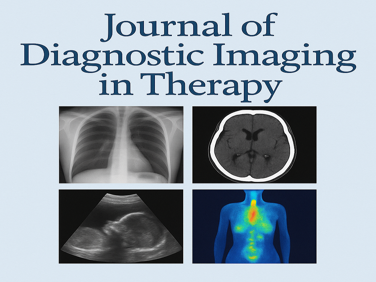PET/CT Scanning
Positron Emission Tomography (PET) and Computed Tomography (CT) are powerful imaging modalities used independently in medical diagnostics. However, in recent years, integrating these techniques into a single machine, known as PET/CT scanning, has revolutionised the field of medical imaging. This hybrid imaging technology combines the functional data from PET scans with the anatomical data from CT scans, providing a detailed and accurate representation of a patient’s internal physiology.
PET imaging detects gamma rays emitted by radiotracers, which are injected into the patient’s body. Typically labelled with short-lived radioactive isotopes, such as Fluorine-18, these tracers are designed to accumulate in targeted tissues. As the isotopes decay, they emit positrons that collide with nearby electrons, producing gamma rays. The PET scanner detects these gamma rays and reconstructs a three-dimensional image of the tracer distribution, reflecting the metabolic activity of the targeted tissues.
On the other hand, CT imaging uses X-rays to generate detailed cross-sectional images of the patient’s body. A CT scanner rotates around the patient, emitting X-ray beams and detecting their attenuation as they pass through various tissues. The resulting images provide information on the density and structure of tissues, allowing for precise anatomical localisation.
Fusing PET and CT images offers several advantages over standalone imaging modalities. PET/CT scans provide functional and anatomical information in a single examination, reducing the need for multiple imaging studies and minimising patient exposure to radiation. This integrated approach can significantly improve diagnostic accuracy and enhance treatment planning.
PET/CT scans have a wide range of applications in modern medicine, including:
- PET/CT scans are crucial in diagnosing, staging, and monitoring various cancers. By visualising tumour metabolism, PET/CT can help identify malignant tissues, determine the extent of cancer spread, and assess the effectiveness of treatments, such as chemotherapy or radiotherapy.
- PET/CT scans are used to investigate various neurological disorders, for example, Alzheimer’s disease, Parkinson’s disease, and epilepsy. The scans can reveal changes in brain metabolism, helping to identify affected regions and guide treatment strategies.
- PET/CT scans can assess myocardial perfusion, enabling physicians to identify areas of the heart with reduced blood flow due to coronary artery disease or prior heart attacks. This information can be crucial in determining the need for intervention, such as angioplasty or bypass surgery.
You are here:
home » PET/CT scanning
